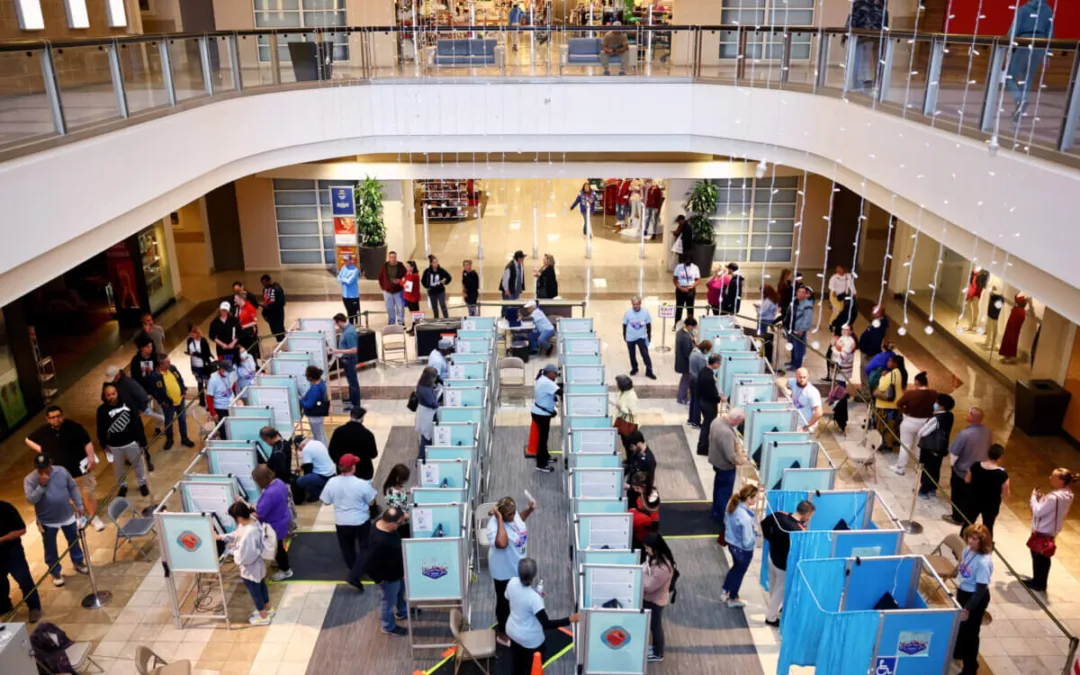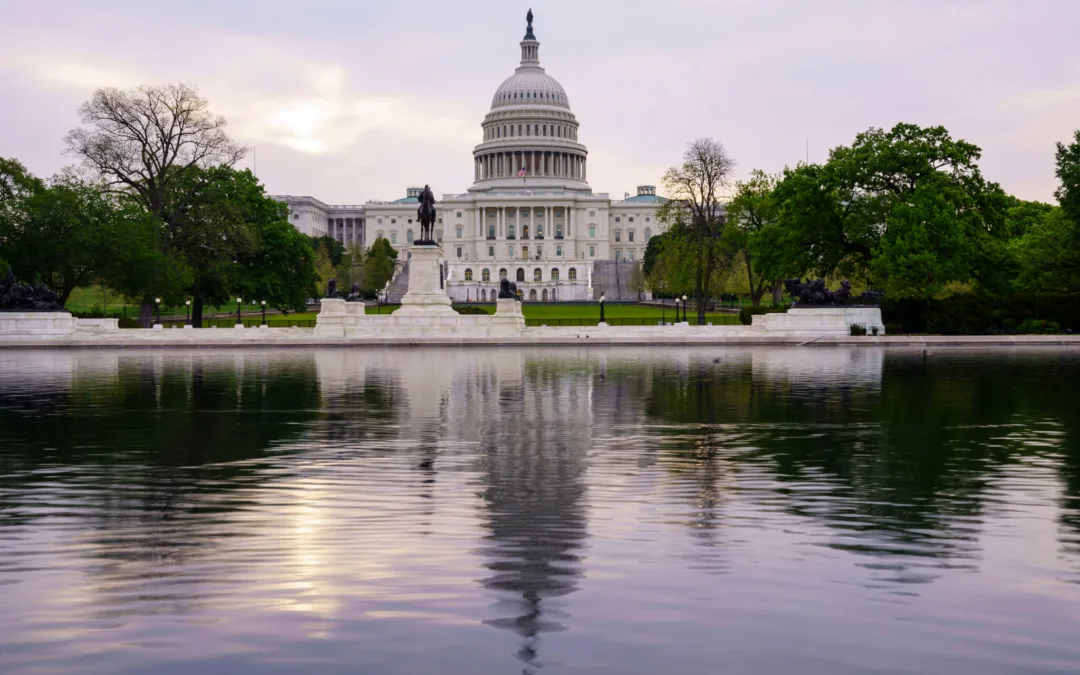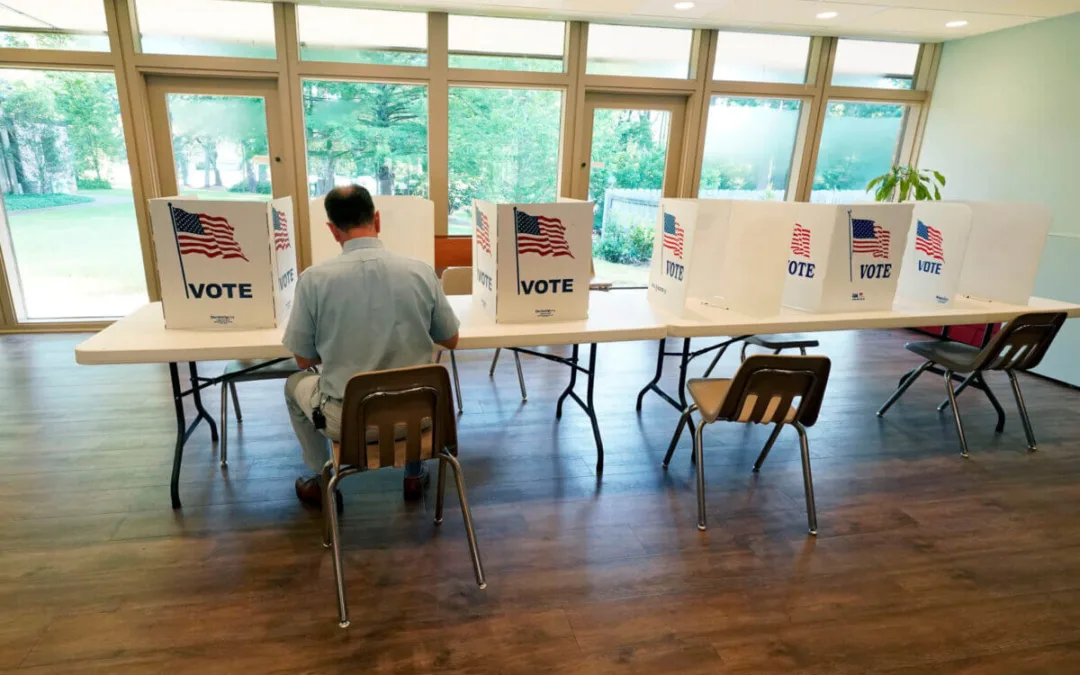
Image via Getty Image.
Recent electoral cycles have seen a decrease in voter participation. An analyst says more people could be at the island’s polls this year, in response to ‘Verano del 19.’
SAN JUAN, Puerto Rico—The turnout at the next election in Puerto Rico may set a historic precedent, as people vote in reaction to recent situations that have changed the course of the island’s political scene, said political analyst Néstor Duprey.
The expert, who is also a historian, explained the collective malaise caused by the political upheaval of “Verano del 19”—when former Gov. Ricardo Roselló resigned amid public pressure after a chat scandal—may give people another reason to vote this year.
RELATED: Is Puerto Rico’s Electoral System Ready for the General Election?
“After ‘Verano del 19,’ there is an expectation that electoral participation will increase compared to recent elections,” Duprey told The Americano.
Another important aspect influencing the number of voters this year, the analyst said, is the massive emigration that has taken place in recent years after the onslaught of Hurricane María in 2017.
According to the Puerto Rico State Elections Commission (CEE, by its Spanish initials), as of Sept. 29, there were 2,356,547 active voters, compared to 2,867,558 in 2016.
Néstor said there will be an element of surprise to Election Day because the electoral register includes 593,469 qualified voters who did not vote in 2016. This is the result of a federal court decision in San Juan on the case of Colón-Marrero v. García-Vélez, which invalidated a law that excluded all voters who had stopped voting in general elections from electoral lists.
According to the court ruling in the Colón-Marrero case, and the provisions of the Help America Vote Act (HAVA)—a federal statute from 2002—the CEE cannot remove individuals from electoral lists unless they ignore notifications and did not vote in the two previous general elections.
According to Duprey, looking at the numbers reported so far reveals contradictory information. The number of people reactivated in the electoral register this year is less than the number of voters reactivated for the 2016 electoral cycle. The expert said the number is still impressive, clocking in at more than 100,000 people.
The effect of emigration on electoral participation remains to be seen. “Recent studies suggest there is a considerable sector of this emigration that has been returning to the island, especially among those who left after Hurricane María,” said Duprey, who is also a professor of political science of the Interamerican University.
The expert pointed out that the numbers reported by the CEE have already started to reflect the pandemic’s effect on voters.
“We have already seen record numbers of requests for early voting and voting by mail,” Duprey said.
“We have already seen record numbers of requests for early voting and voting by mail,” Duprey said, explaining the state of the pandemic as the elections near will affect voter turnout. “Whether infections increase or there is a stricter lockdown could be deterrents for voters heading to the polls.”
According to the professor, the big question is whether the enthusiasm and motivation people showed during ‘Verano del 19’—which can still be seen on social media—will translate to the polls. Duprey said young voters have been leading in fervor.
“We’re coming from a series of electoral cycles with hundreds of participants less than the previous election. We will see if everything that has happened influences greater participation in this cycle,” the professor commented.
Duprey said that historically, Puerto Rico has had good voter turnout percentages—between 60% and 70%—although participation decreased during the past elections. In 2004, 1,949,344 people voted, while in 2008 the number was 1,903,392.
“Still, in Puerto Rico we have a high turnout level, compared for example to the United States,” Duprey said. “We will have to wait and see if the emergence of new political forces, the increase in people registering with the PIP (Puerto Rican Independence Party) and MVC (Movimiento Victoria Ciudadana) candidates, and the activism of young people bring forth a greater participation than in 2016.”
RELATED: FEMA Says It Has Disbursed $7.3 Billion to Rebuild Puerto Rico but Infrastructure Problems Continue
In the upcoming election, beyond the traditional pro-commonwealth Popular Democratic Party (PPD, by its Spanish initials), pro-statehood New Progressive Party (PNP, by its Spanish initials), and Puerto Rico Independence Party (PIP, by its Spanish initials), there are two additional parties and an independent candidate for governor, Eliezer Molina.
The two new parties in the race are Movimiento Victoria Ciudadana, with the only woman running for governor, Alexandra Lúgaro, and Proyecto Dignidad, with Dr. César Vázquez as gubernatorial candidate.
Along with the PIP, the novel candidates argue that it is time for bipartisanship to end, zeroing in on the economic problems, corruption, and nepotism the island has faced for years.
“This election could change the trend of the last 52 years, which has been two major parties taking turns to govern. We could go from a two-party to a multi-party system, but that remains to be seen. Without a doubt, we are facing an election that could open a different historical parenthesis in Puerto Rico,” Duprey said.
Politics

Teamsters and UPS Reach Tentative Deal to Avoid Strike, 340,000 Workers to Get Raises
The tentative deal represents a huge win for full- and part-time UPS Teamster workers, who would get significant pay raises and better working...



One Republican Senator Is Blocking 265 Military Promotions, Leaving the Marines Without a Confirmed Leader
Sen. Tommy Tuberville's decision means these military officers are not getting the pay raises they’re owed, cannot move their families to wherever...
Local News



Teamsters and UPS Reach Tentative Deal to Avoid Strike, 340,000 Workers to Get Raises
The tentative deal represents a huge win for full- and part-time UPS Teamster workers, who would get significant pay raises and better working...



One Republican Senator Is Blocking 265 Military Promotions, Leaving the Marines Without a Confirmed Leader
Sen. Tommy Tuberville's decision means these military officers are not getting the pay raises they’re owed, cannot move their families to wherever...




